Sushi Kimura is located in the residential area of Futago Tamagawa, about eight miles west of the centre of the city. There is a train station not too far away, but if you are coming by taxi from central Tokyo then allow plenty of time. Our journey from Roppongi took almost an hour. The restaurant is itself is easy enough to find once you are there, on a quite busy at ground level.
Owner Koji Kimura was born into a family of sushi chefs, with both his father and grandfather running sushi chefs. Mr Kimura trained initially as a tempura chef before deciding to follow in the family footsteps. He is noted for featuring aged fish on his menu, which has a different flavour profile from traditional sushi. The level of ageing varies by the fish, from a couple of days to several weeks in extreme cases. He started to experiment with ageing sushi in the early days of opening his own shop, when business was quiet and he was wasting a lot of fish. It took him a long time to understand the process, but is now an acknowledged expert. One consequence of the ageing process is that the finished product is smaller than the original slab of fish, anything from a third to a tenth of the initial size, as the outer layers are gradually discarded. This is analogous to the ageing of beef, where there is also considerable loss of weight in the ageing process. The restaurant has been awarded two Michelin stars for several years now.
There are just eleven counter seats at Sushi Kimura. The meal started with some appetisers before the sushi seance, beginning with a little cup of clam soup, which was pleasant. Cold soba noodles with sea urchin from Kyushu were next, the noodles having good texture and the sea urchin of good quality. A fish soup was next involving a quite flaky white fish caught in deep waters called mehikari, known in English as greeneyes. Up to seven hundred different fish are sold in Tsukiji market, and every time I come to Japan I end up encountering at least one that I had never come across before, such as this. It had a pleasant, mild flavour. I was less keen on gazami crab in its shell, which was quite fiddly to eat and had a rather odd, pungent flavour, I think due to the sauce that coated it. At this point the chef prepared a seaweed roll just with rice inside for the customers to try, in order to illustrate his rice style, which is more al dente than most sushi chefs.
The sushi sequence commenced with squid, which was aged for four days and was quite tender, though not at the level I fondly recall from Sushi Saito. Next was Spanish mackerel aged for three weeks, which was pleasant. Another new fIsh to me was Pacific soury, which I quite liked, followed by Sakhalin surf clam. The latter was a bit chewy but had decent flavour. Filefish with a little of its raw liver was next, and then bonito that had been aged for ten days. This was fine but not a patch on the beautiful raw bonito that I had eaten the night before at Italian restaurant Il Ristorante in the Ginza. Salmon roe sushi arrived as a clump rather than the eggs being separated, and this was followed by Japanese amberjack. This had been aged for a month and was served with a sliver of garlic between the rice and the fish, and for me was the tastiest bite of the evening. Sardine aged for ten days followed, and I have to say that I definitely prefer regular sardine to this. Finally there was swordfish aged for 53 days, which by this time had none of the meaty texture that I usually associate with swordfish. This was interesting rather than especially memorable. I should say that at no point was there any kind of fishy smell with any of the fish, despite the frequently lengthy ageing, so the technique that the chef uses certainly seems to work.
The bill came to ¥27,500 (£187) per person, with beer and a little sake to drink. The sushi at Kimura is technically impressive, and the ageing process gives some unusual and interesting flavour notes that are not unpleasant by any means, despite the natural cautionary mindset that anyone would have eating fish that was weeks old. I can see why it came about as a counter to wastage, and can admire the considerable skill in producing fish in this way that is safe to eat. However if I am going to pay the best part of £200 for sushi then the question remains as to whether I would choose this or eat regular sushi. From a flavour perspective, I would always choose conventional sushi. Just because something can be done food wise does not mean that it always should be done, and while I can admire the skill involved here I cannot say that I would rush back to try it again.






















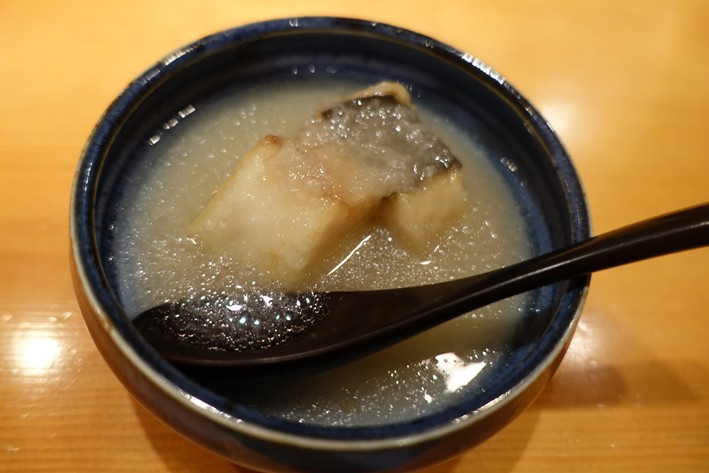


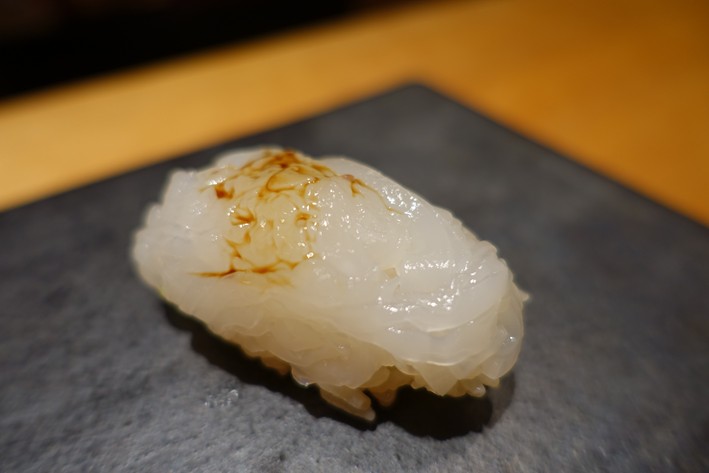
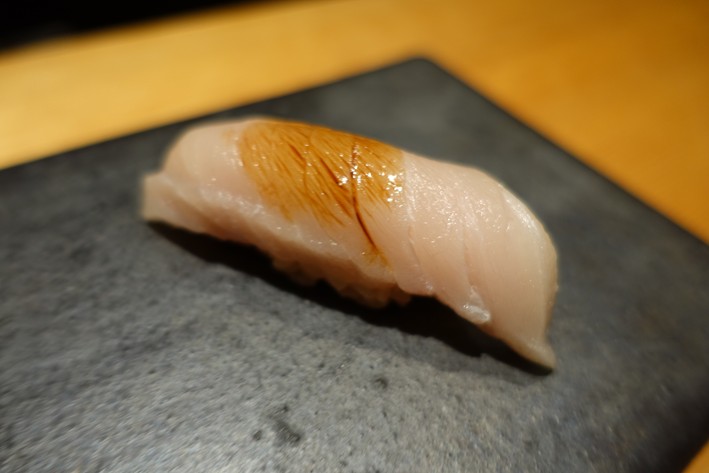
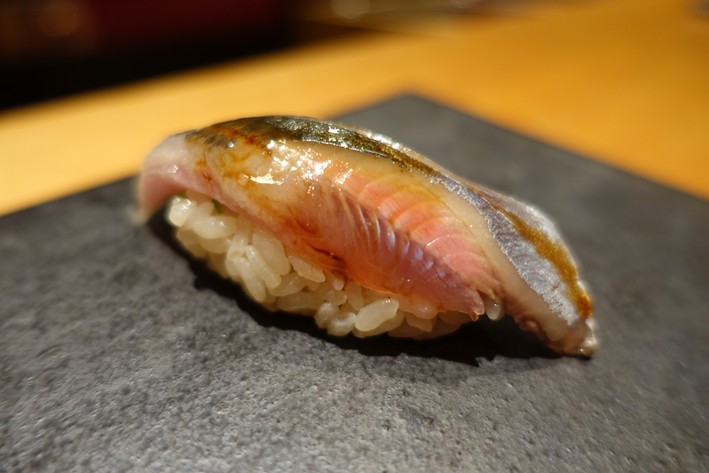
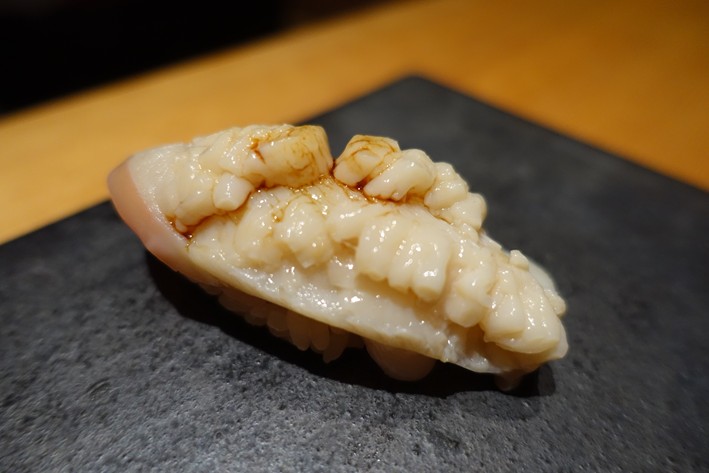

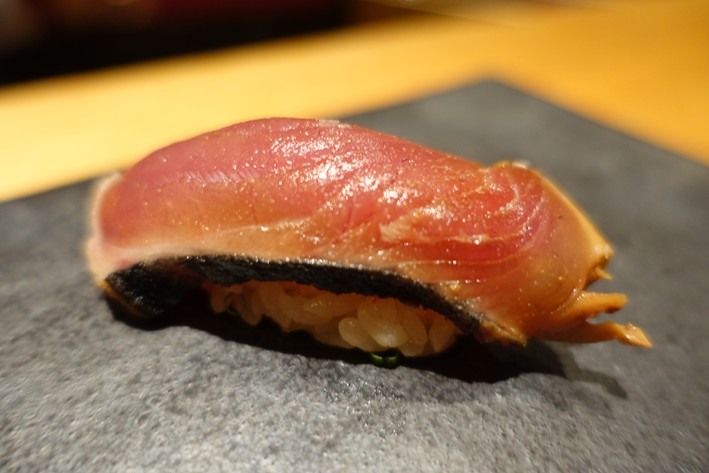
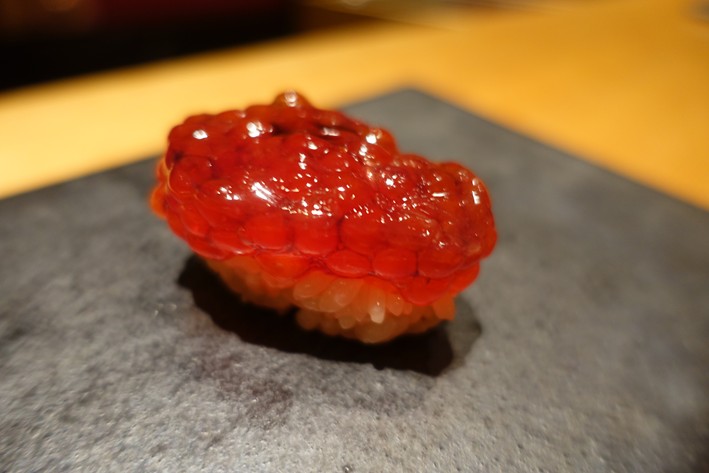


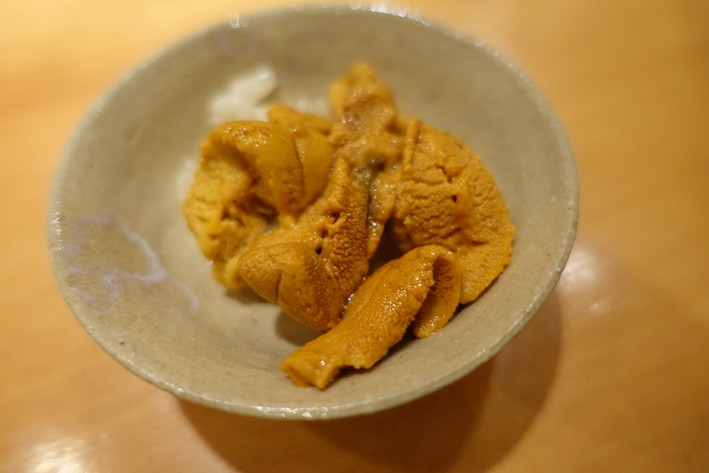

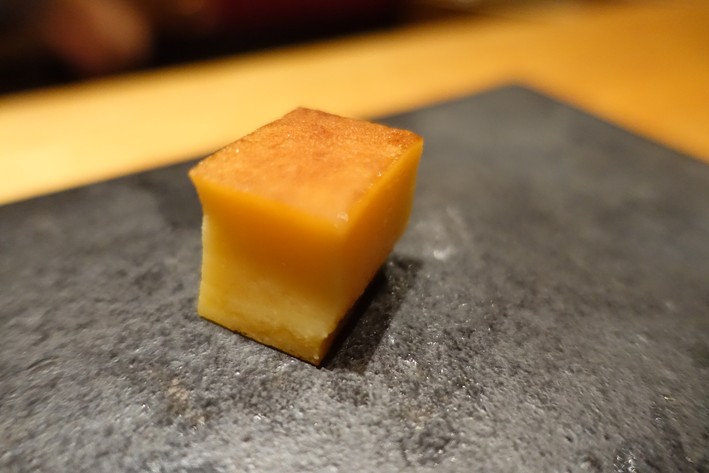



Add a comment
Thank you for submitting your comment, this will be checked and added to the website very soon.
User comments